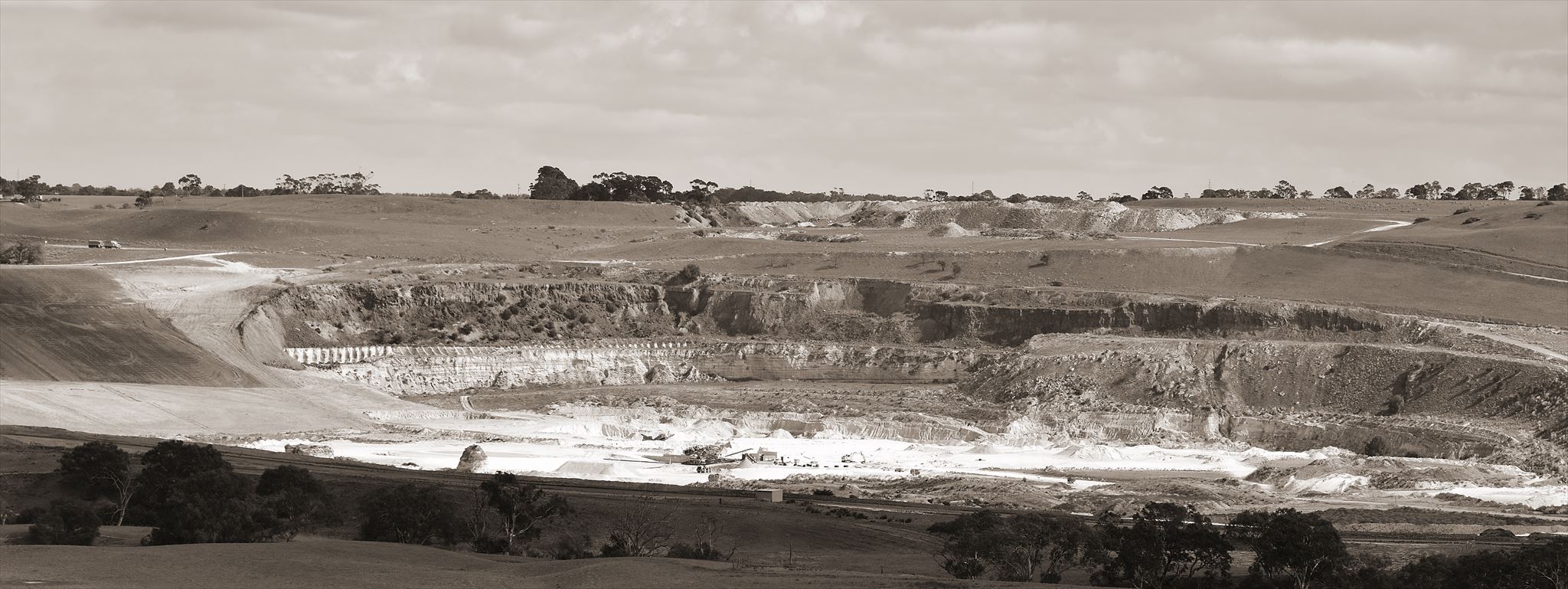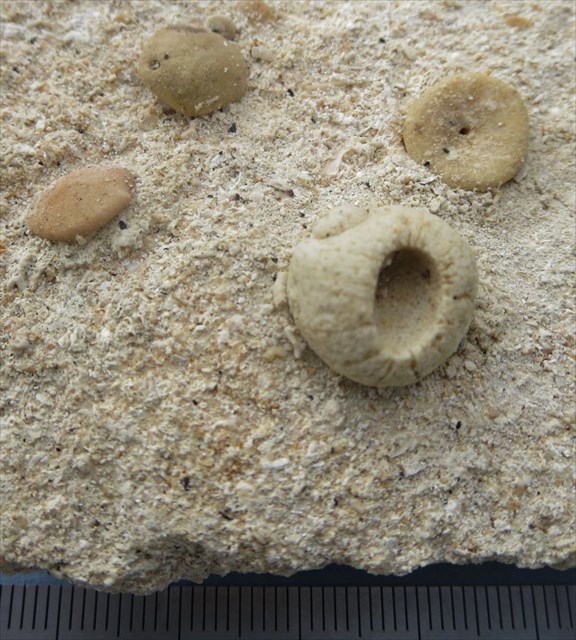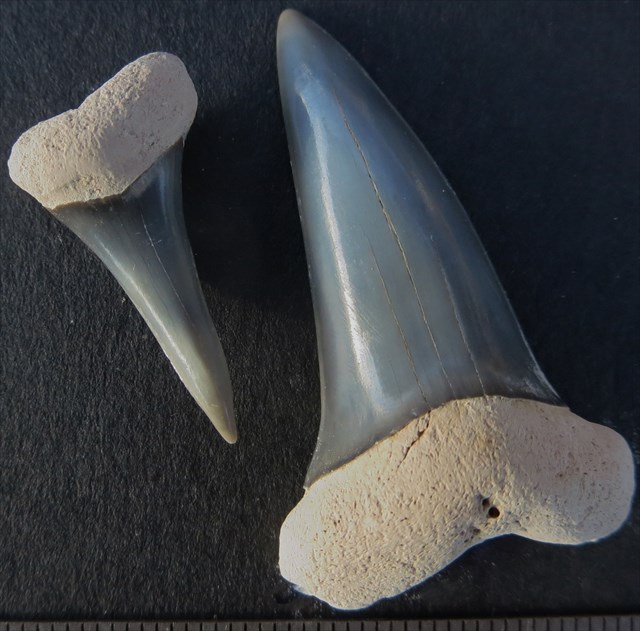Welcome to
Batesford's "Fossiliferous" Quarry - Earthcache

Batesford limestone quarry operated for over 100 years to supply limestone to the Geelong Cement manufacturing works at nearby Fyansford until the closure of the cement works in 2001. During this time, well over 100 million tonnes of limestone and overburden (also called waste or spoil) were excavated from the quarry.
Limestone is a sedimentary rock composed largely of the minerals calcite and aragonite, which are different crystal forms of calcium carbonate. Most limestone is composed of skeletal fragments of marine organisms such as coral, forams and molluscs.
The Batesford Limestone unconformably overlies Palaeozoic granite (541 to 252 million years ago), and grades conformably up into the overlying Miocene Fyansford Formation (23.03 to 5.332 million years ago).
The lower 21 m of the Batesford Limestone is Longfordian (Lower Miocene) in age, whereas the upper 12 m of the formation is the Lepidocyclina-bearing type section of the uppermost Lower to lower Middle Miocene Batesfordian local marine stage.

Orbispala occultoforma with cacareous sponge Tretonella oezica, Miocene.
The Batesford Limestone, a biocalcarenite consisting of broken skeletal remains of bryozoans, echinoides and bivalves. It accumulated in a clear water marine environment with a sandy sea floor in the Miocene period.
Fossil cetaceans have been recovered from the basal beds, which are composed of calcareous sand and gravel. The upper Batesfordian part of the formation consists of biocalcarenite.
In both upper and lower parts of the Batesford Limestone, cetacean fossils are generally well preserved with only slight mineralisation of original bone. The majority of cetacean fossils have been found in the Batesfordian-age upper beds. Rib fragments and vertebrae are the most commonly represented elements, with tympanic bullae being poorly represented. Elements of the appendicular skeleton and cranial remains are very rare. Only two skeletons represented by associated elements have been recovered from Batesford Quarry.

Isurus desoris. Miocene
 Questions to log this EarthCache
Questions to log this EarthCache 
Sadly, as this is a 'working quarry', access to the quarry is now restricted so this is as close as the public can now get without prior permission. There are decent views available along the Geelong Bypass (Princes Fwy) and along the Midland Hwy.
Q1 The large boulders that are here, How many are there and can you identify what type of rock they are? Also, examine carefully, can you spot any fossils?
Q2 What fossils have been unearthed in this quarry, and what type/species of animal are they related to in todays age?
Hope you enjoyed this EarthCache & please feel free to upload a photo too 
Please send your answers to __ __ through Message Center or through email.
__ through Message Center or through email.
Please feel free to log this cache once you've completed the EarthCache requirements while waiting for a response to your answers.
You will need to send me your answers to verify your find for this EarthCache and will most likely hear from me within 24 hours or if in the unlikely event, a correction or more detail is needed



